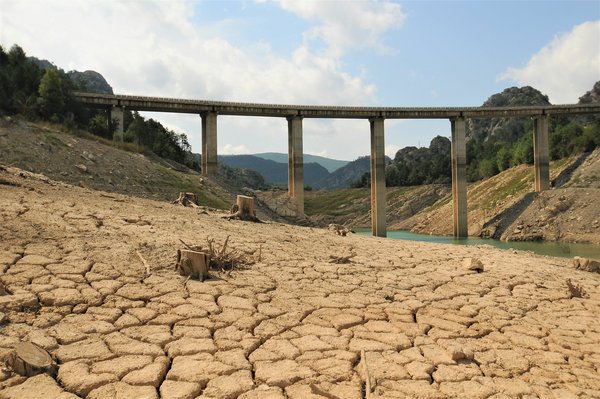
More weather extremes in Europe during the summer under climate change
Due to global warming, the North Atlantic Oscillation, an atmospheric circulation pattern that strongly influences European weather, is becoming more…

Weather forecasting and climate modeling move closer together
The ICON model can be used for weather forecasting as well as climate predictions and long-term projections. So far, however, the different…

Recurring cases of Saharan and Sahelian greening over the past 800,000 years
A humid climate in the Sahara and Sahel played a critical role in shaping the environment for early human settlement and migration. A new study…
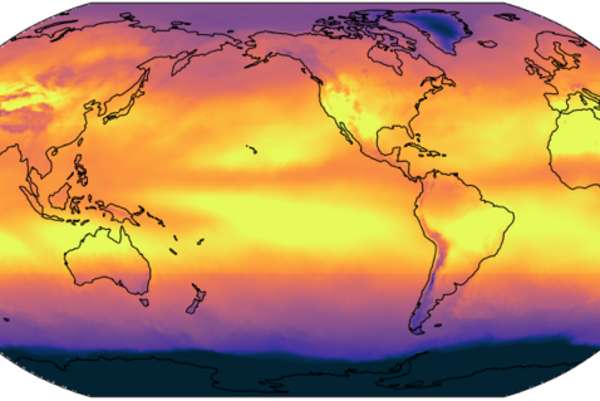
Earth’s self-regulation is weaker than assumed
Earth responds to temperature changes by emitting more or less thermal radiation into space. This mechanism, known as long-wave feedback, influences…
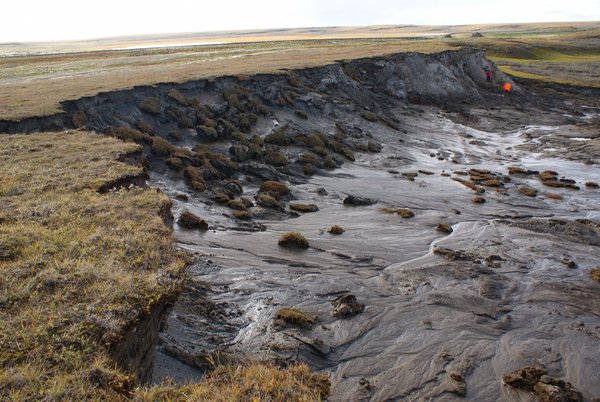
Permafrost thaw: Gradual change or climate tipping point?
Global warming leads to Arctic permafrost thaw and the subsequent release of carbon dioxide and methane into the atmosphere. These changes are…
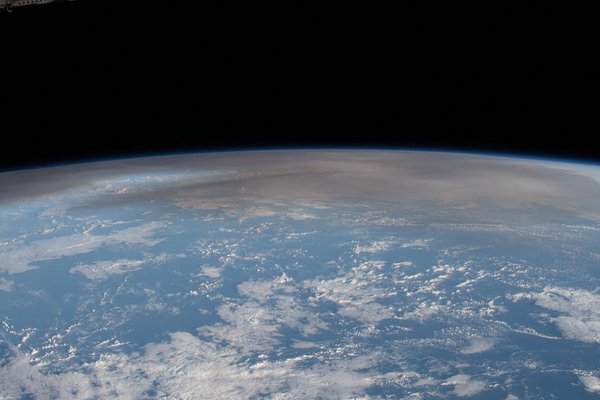
The influence of volcanic aerosol on climate depends on temperature
Stratospheric sulfate aerosol, as produced by large volcanic eruptions, cools the Earth and has been discussed as a climate engineering method.…

Improving predictions of hot summers in Europe
Hot summers in Europe can be better predicted if anomalies in the North Atlantic heat transport are properly taken into account, according to a study…
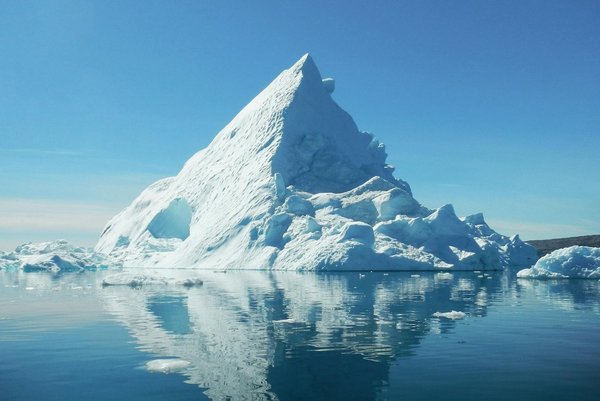
New climate model reveals the triggers of abrupt climatic changes in the past 20,000 years
Between the last glacial maximum and today, humans were exposed to severe changes of the climate: Coastal settlement areas were lost due to rising…
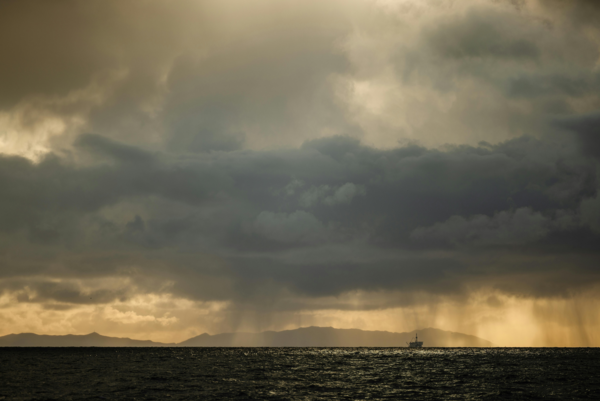
Southern Ocean warming leads to wetter Pacific coasts for centuries to come
An astonishing teleconnection originating in the Southern Ocean is causing East Asia to face wetter summers and the western USA wetter winters in the…
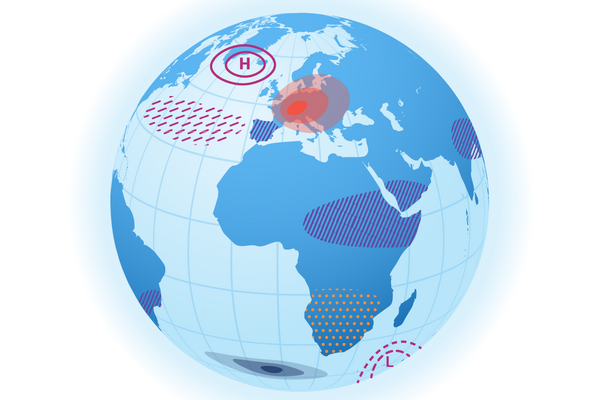
Regional climate signals pose new challenges for climate science
Climate science has correctly predicted many aspects of the climate system and its response to increased atmospheric carbon dioxide concentrations.…

Embracing diversity for the future of climate modeling
What's next for climate modeling? Five internationally recognized female scientists have joined forces to come up with an answer. They argue: Instead…
![[Translate to English:] [Translate to English:]](/fileadmin/_processed_/a/1/csm_pexels-christopher-politano-978995-30145743_0be4682f6e.jpg)
Airborne microplastics: Where do they come from, where do they go?
How tiny plastic particles enter the atmosphere is an important question, as airborne microplastics are a potential health threat. Using a global…
